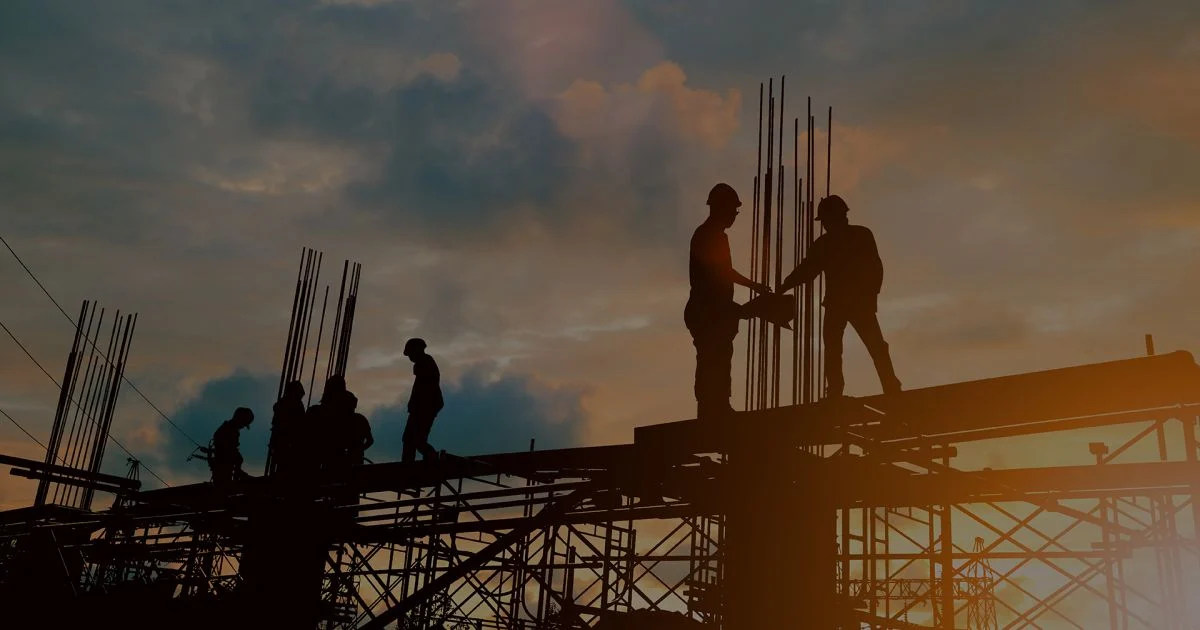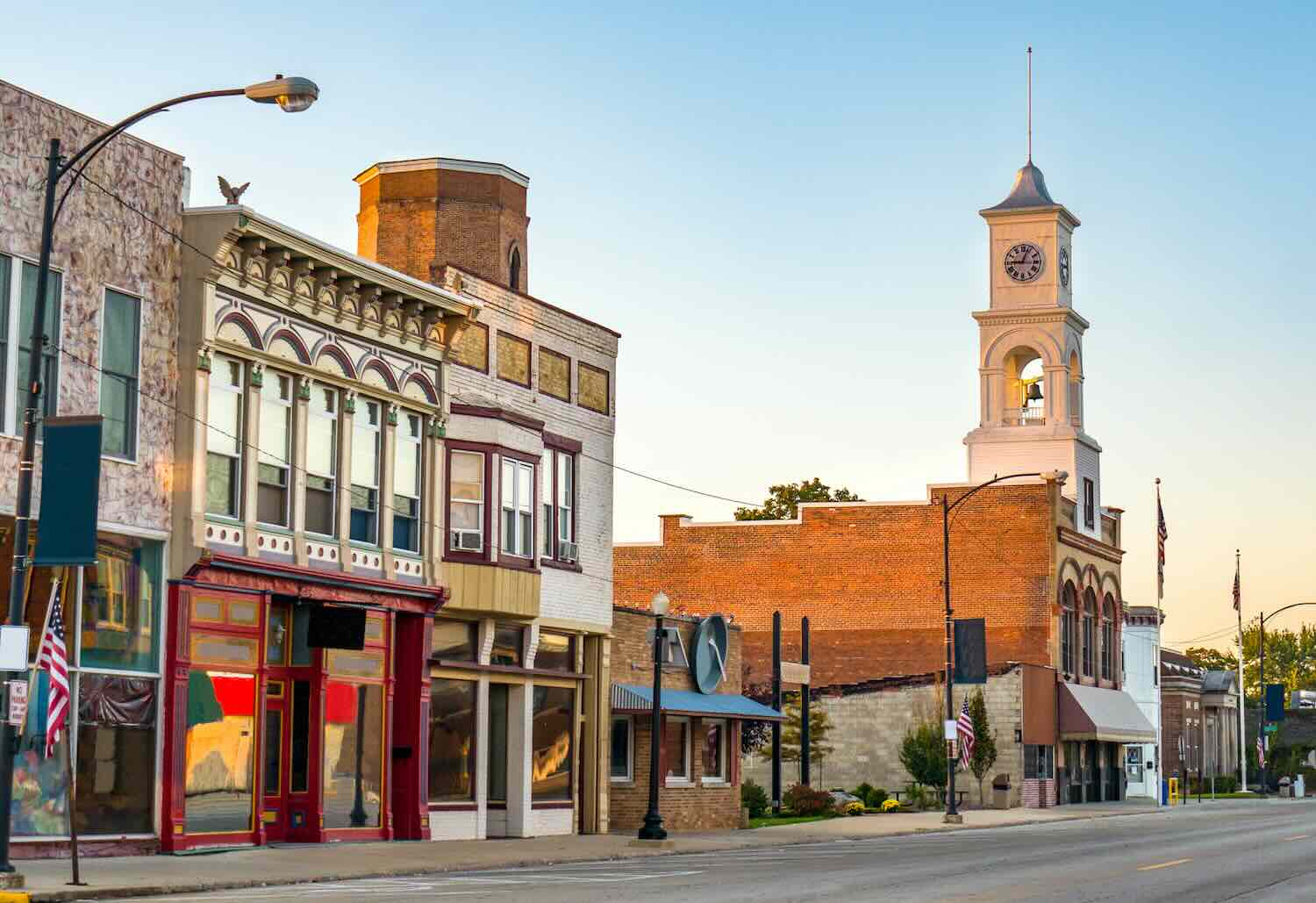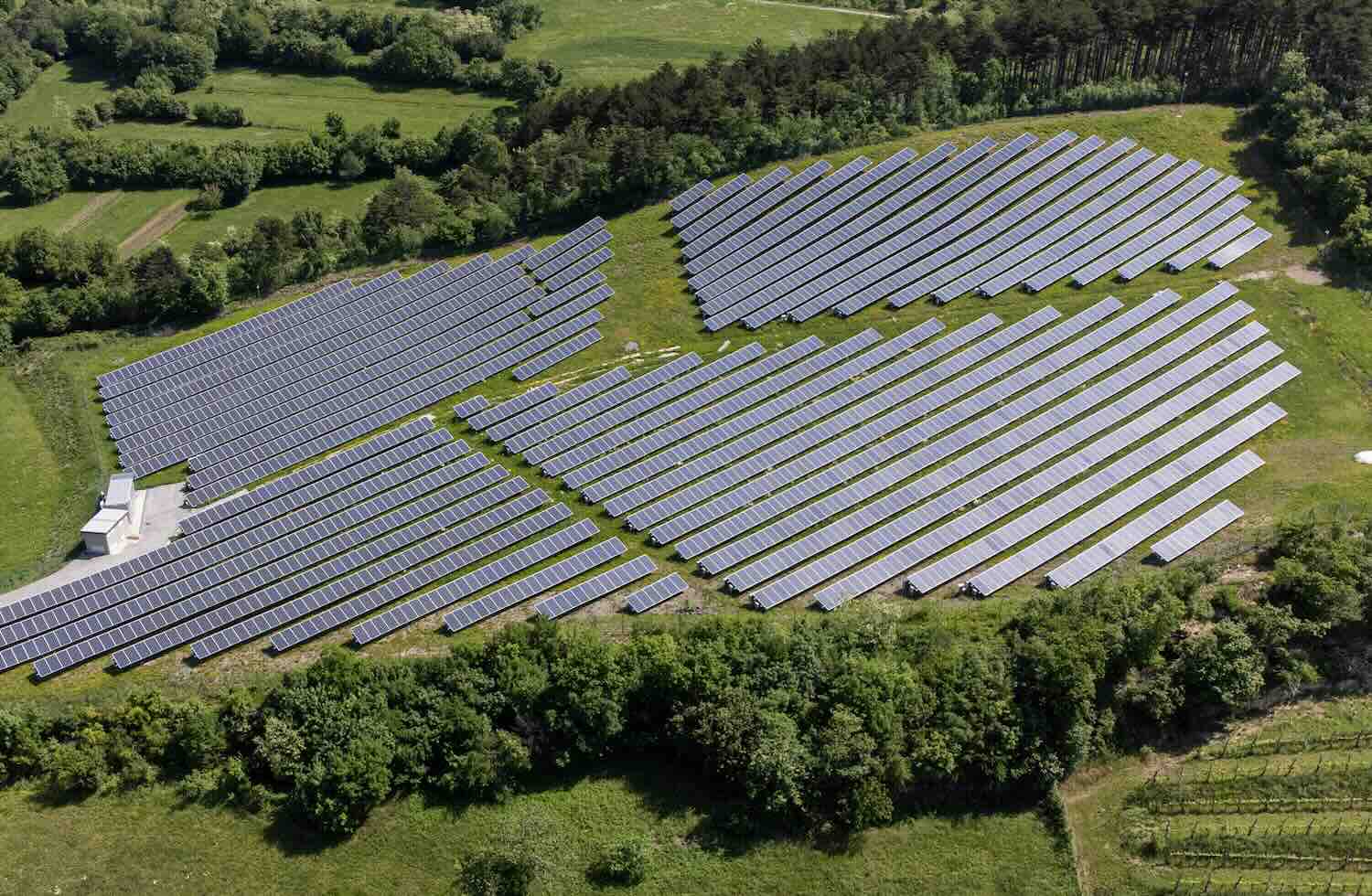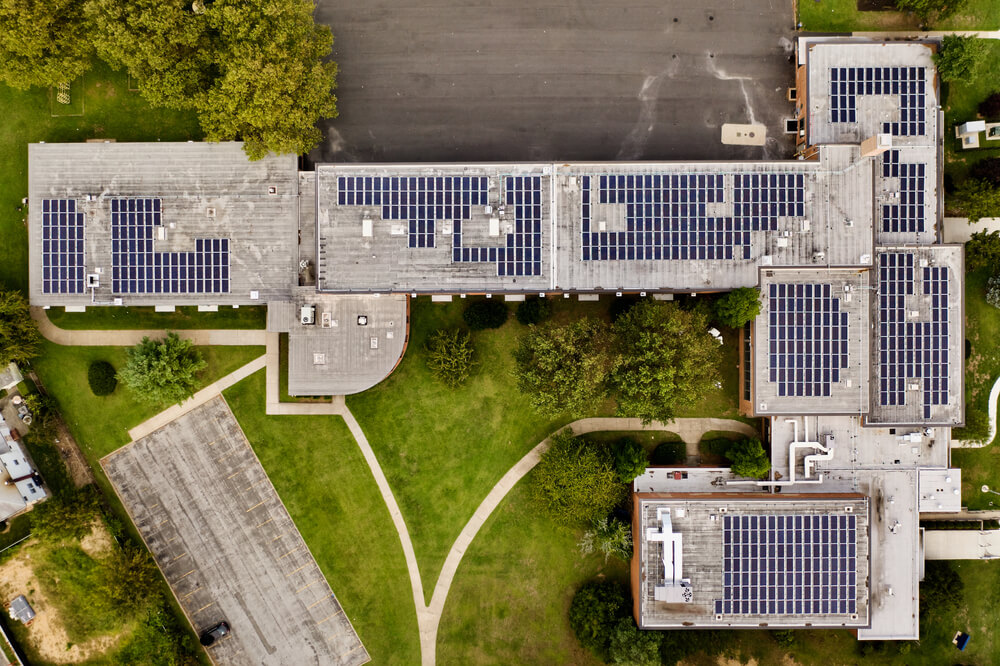Editor’s Note: Community Finance Brief is a newsletter from Matt Posner of Court Street Group, occasionally syndicated on ImpactAlpha.
An enduring and perhaps aspirational outcome of the Greenhouse Gas Reduction Fund (GGRF), and the soon to be released $27 billion dollars, would be the greening of the single-family mortgage market. Better homes, better mortgages.
The key to market transformation is transforming the unsung hero of the housing market over the last 30 years, down payment assistance, or DPA, an incredibly successful tool used to help low and moderate-income families and first-time homebuyers purchase homes. For decades, state and local housing finance agencies (HFAs) have used DPA to accelerate homeownership, weaving various style programs into their bond and mortgage backed security programs. Some community development finance institutions have followed suit.
With the rapid recent increase in home prices, which have nearly doubled in the last decade, according to S&P CoreLogic Case-Shiller U.S. National Home Price NSA Index, DPA has perhaps never been more valuable. According to the National Council of State Housing Agencies, nearly every state uses DPA. In fact, according to their 2021 survey, 85% of all HFA-originated loans had DPA, with nearly half of states having a 95% or above utilization rate among mortgages originated.
Down payment assistance drives housing finance agency mortgage programs, and such mortgage programs drive markets, originating over 141,000 loans in 2021 (see figure 2), not to mention the millions of loans outstanding. The assistance programs have been so successful that in December 2023, Freddie Mac partnered with Fannie Mae and state HFAs to construct the standardized subordinate-lien documents for down payment assistance, taking this market into a new era.

Greening downpayment assistance
Many HFAs already use a wide variety of state and local resources to fund their DPA program, why not Greenhouse Gas Reduction Fund (GGRF) money leveraged with private capital? Yes, for tax purposes it is possible that they may have to be structured or blended differently from current DPA loans, but think of the benefits. Making homes more efficient could be a huge boon to housing affordability and mortgage loan performance.
According to “Home Energy Efficiency and Mortgage Risks,” a 2013 study by the University of North Carolina Center for Community Impact and the Institute for Market Transformation, default risks are on average 32% lower in energy-efficient homes. Interestingly, the same study showed borrowers in an ENERGY STAR residence are one-quarter less likely to prepay the mortgage. Meaning people stay in homes that are more efficient longer.
The study concluded that “lower risks associated with energy efficiency should be taken into consideration when underwriting mortgages.” So how do we do that? Perhaps one answer is a green DPA loan program.
The new green mortgage
Green mortgages have largely not worked in the United States outside of new construction. Unlike other parts of the world, many home buyers in the US don’t even know the energy intensity of the homes they are purchasing, or how efficient or inefficient they are at the time of sale.
Despite the clear benefits of energy-efficient homes, green mortgage programs have struggled to gain traction in the existing home market in the US. Maybe the incentive is not enough, maybe there has not been more widespread adoption by banks like in the UK, or maybe it’s due to their inability to accommodate consumer behavior, aka, the renovation timeline of new homeowners. Most people are not prepared to undertake significant renovations immediately upon moving in.
Recognizing this, perhaps now is the time for a more flexible green mortgage program, a mortgage paired with a green DPA loan. Give new homeowners up to 18 months complete retrofit work, basically creating a construction period to allow people to unpack their boxes, and then determine what are the most effective ways to lower their energy bills. If they complete the work, they would qualify for the green mortgage and possible step down in their mortgage rate.
This approach not only facilitates the transition to a green mortgage, but also aligns with the practical realities faced by homeowners. And HFAs and lenders could go back to their existing customers, greening mortgage pools post-pooling, and likely decreasing the risk profile of those loans as well.
But what should those programs look like?
Marrying housing and energy finance
A sad reality is housing and energy are often siloed, and few housing agencies or lenders are directly engaged with energy programs. However, several state energy offices and green banks have successfully been providing DPA-esque loans to low-and-moderate income home borrowers for almost a decade, and lenders should pay attention. And these models have crowded in private capital.
A 2022 report released by the Lawrence Berkeley National Laboratory titled “Long-Term Performance of Energy Efficiency Loan Portfolios” points to exactly the type of program design that should shape these new green DPA programs.
The report studied delinquency and loss trends across 52,000 unsecured loans administered by four state-led energy programs in Connecticut, Pennsylvania, Michigan, and New York. The programs offer consumer loans for a wide range of home energy efficient products and services, including appliances, HVAC, insulation, and solar. In some cases, the programs can fund energy adjacent measures, like roofing, or other remediation of efficiency enabling upgrades. The goals of those programs are both helping residents save money, but also making for healthier and more comfortable living.
After three years of seasoning, the energy loan portfolios had a gross loss rate of 2.4%, compared to 1.9% for KBRA prime auto loans and 7.5% for Tier 1 consumer loans (see figure, below). As Secretary of Energy Jennifer Granholm stated,“ The findings in this study are a compelling invitation to financial institutions to invest with homeowners, states, and local governments to maximize clean energy deployment.” In many ways, these unsecured energy loans already operate like green DPA loans, sitting outside the mortgage. And more importantly, given their performance, they are 100 percent financeable at scale.

There is a reason that Connecticut’s Smart-E program, now administered by Inclusive Prosperity Capital, is being adopted by private lenders and credit unions throughout the United States interested in piggybacking on their existing consumer lending programs with a new lending product, a green home renovation loan. Over $650 million of these types of consumer loans have been originated by credit unions and community lenders throughout the US.
Like most successful lending programs, the studied energy efficiency loans have a standardized underwriting and documentation process, only allowing targeted and approved measures to be financed. They also often provide oversight of contractors and lenders participating in the program. But these programs work, and serve as a model for a green DPA program.
GGRF meet DPA
As $27 billion begins to trickle down to various lending institutions, awardees should think about DPA. A green DPA initiative, especially in partnership with HFAs and CDFIs potentially stands at the confluence of financial inclusion, energy efficiency, environmental sustainability, and leverage. As climate change accelerates, the imperative to reduce greenhouse gas emissions has never been more urgent. Existing homes represent a significant portion of energy consumption and carbon emissions in the country. Therefore, transforming these homes into energy-efficient dwellings is vital for meeting climate goals, with benefits to the mortgage market overall.
However, for such programs to succeed, they must be designed with an understanding of market dynamics and homeowners’ needs, offering flexibility and support throughout the renovation process. And HFAs, CDFIs, and other existing lenders can be great partners in this quest.
James McIntyre is chief strategy officer at Inclusive Prosperity Capital. IPC leads the the Community Power Coalition, which was awarded $249.3 million from Greenhouse Gas Reduction Fund’s Solar for All program, and is a member of the Justice Climate Fund, which was awarded funds under the Clean Communities Investment Accelerator.











